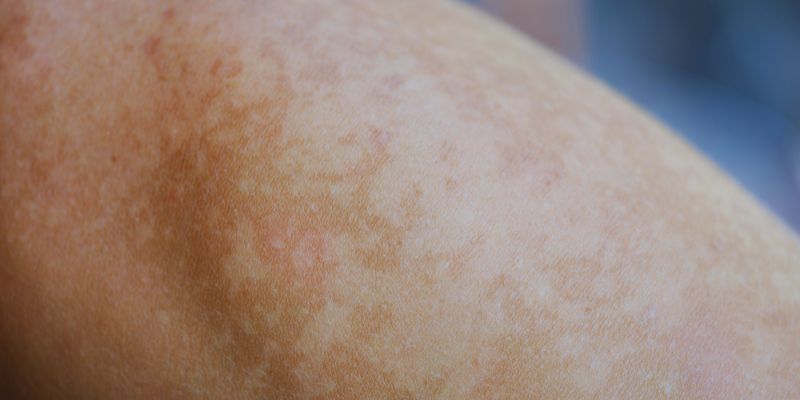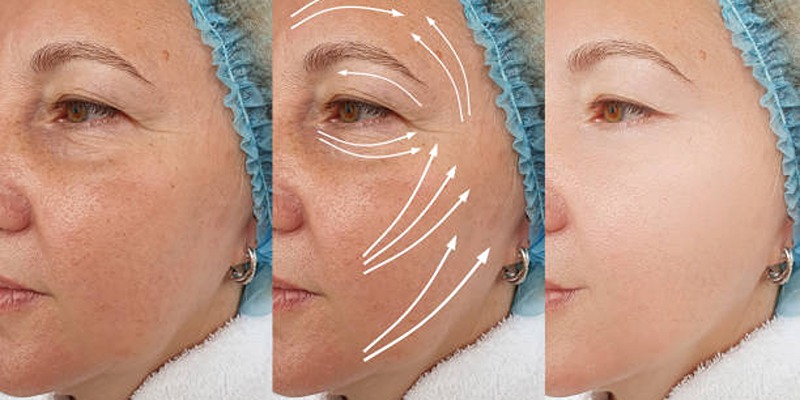Advertisement
Many people worry regularly about uneven skin tone, which can manifest as redness, dark patches, or hyperpigmentation. Sun exposure, acne scars, and age often cause these skin conditions. Luckily, some treatments exist to assist with these issues. Tranexamic acid is one such medication that is becoming somewhat well-known.
It targets the underlying causes of skin discoloration, therefore helping to lessen dark patches and unequal pigmentation. Using tranexamic acid has helped many people attain more even-toned, smoother, brighter skin. Tranexamic acid might be the answer you have been searching for if you suffer from uneven skin tone. This guide will go over tranexamic acid's effects, advantages, and how you may include it in your skincare routine.

Originally used to regulate too much bleeding, tranexamic acid is a synthetic chemical. But lately, its remarkable ability to heal skin discoloration has made it somewhat well-known in the skincare business. Tranexamic acid blocks the melanin synthesis, the pigment causing dark patches and uneven skin tone. Applied topically, it lessens hyperpigmentation and advances a more consistent complexion. For those suffering from disorders including melasma, sun spots, and post-inflammatory hyperpigmentation (PIH) from acne, this makes it the perfect substance.
Generally well-tolerated and appropriate for most skin types, including sensitive skin, tranexamic acid is not like certain harsh therapies. Because it's less likely to irritate many people, many choose it over other brilliantening chemicals. Furthermore, included in a daily skincare routine, it complements elements like vitamin C, niacinamide, and hyaluronic acid for the best skin-brightening effects.
Tranexamic acid tones skin by preventing the processes leading to excess melanin generation, which results in dark patches and unequal pigmentation. It acts by stopping melanocytes, the cells that produce melanin, from activating. Less active cells slow down the production of dark spots, therefore helping to lower current pigment levels and stop new discoloration. As tranexamic acid progressively disappears, tough stains and discoloration over time result in a more consistent and balanced skin tone.
Tranexamic acid targets pigment at its source, unlike many other therapies, such as vitamin C or retinol, which concentrate on lightening the surface of the skin. It is very helpful for those with melasma or ongoing dark patches that have not reacted to conventional treatments. Because tranexamic acid works on a cellular level, it is a great addition to skincare products meant to reduce hyperpigmentation and get a more even, brilliant complexion.

Here are some key benefits of using tranexamic acid to improve skin tone and address pigmentation concerns effectively.
Here's how to include tranexamic acid into your skincare routine:
Tranexamic acid is a popular choice in cosmetics for addressing pigment problems and is generally considered safe for topical treatment. Like any active substance, however, it might have minor adverse effects in certain people. Common responses, especially when initially starting a skincare routine, are minor irritation, redness, or a tingling sensation.
If you have any of these symptoms, you should cut down on application frequency so that your skin can gradually adjust. If the discomfort lasts, stop using it. To be sure tranexamic acid is suitable for your skin, do a patch test before completing the application. Apply a tiny dab of the product to a concealed area of the inner forearm, and then wait 24 hours to see if there is a reaction.
For those suffering from uneven skin tone and hyperpigmentation, tranexamic acid shows promise. Targeting dark spot root causes helps to produce a more balanced and glowing complexion. Its fit for many skin types and compatibility with other skincare products make it a flexible supplement to any skincare routine. Although usually safe, start gently, keep an eye on side effects, and wear sunscreen to guard your skin. Regular use and patience help tranexamic acid to be a mild yet powerful method to get smoother, brighter, and more even-toned skin.

By Maurice Oliver/Feb 08, 2025

By Celia Kreitner/Oct 15, 2024

By Isabella Moss/Nov 20, 2024

By Paula Miller/Oct 15, 2024

By Georgia Vincent/Apr 02, 2025

By Mason Garvey/Jan 03, 2025

By Madison Evans/Oct 24, 2024

By Mason Garvey/Oct 15, 2024

By Noa Ensign/Dec 15, 2024

By Isabella Moss/Dec 15, 2024

By Elva Flynn/Dec 07, 2024

By Madison Evans/Apr 01, 2025